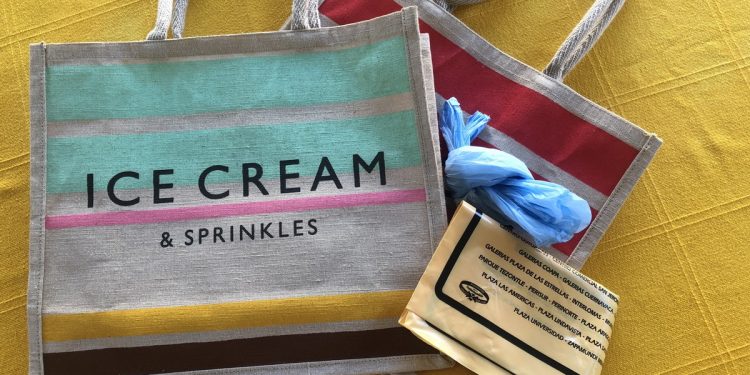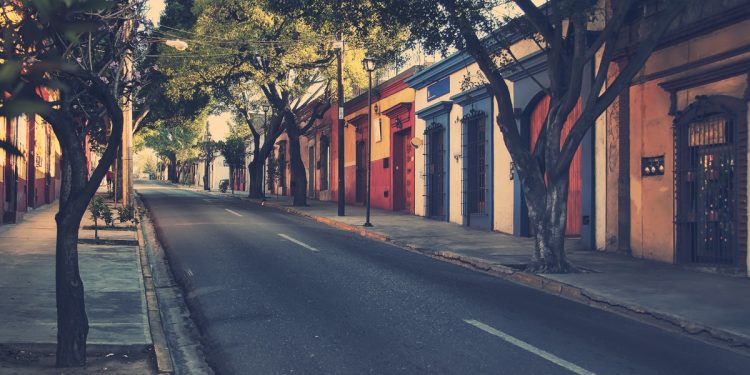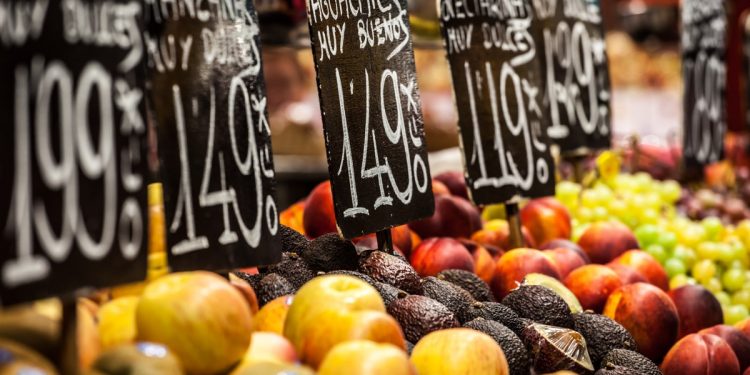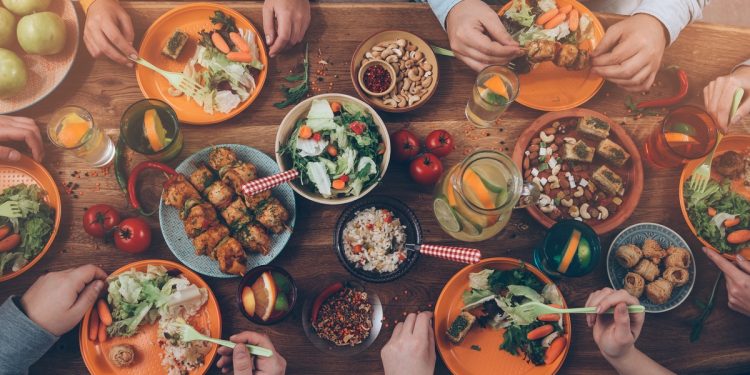On January 1, 2020, Mexico City banned stores and supermarkets from putting your groceries in plastic bags. Within a year the prohibition will be extended to things such as throwaway plastic cutlery, plates, and straws.
The ban, included in city’s law of solid refuse, actually prohibits plastic items for “single use,” and it’s hard to find anyone who knows someone who throws out the bags once they get their shopping home. Most people use them as garbage can liners, or for separating organic from non-organic waste. But they can also be used for taking lunch to work or school, for transporting dirty items like muddy shoes or oily replaced car parts that mechanics’ workshops insist on slipping into your trunk while you’re paying the bill.
Supermarkets have jumped at the idea, suddenly declaring themselves greener than the vegetable section and offering to sell reusable cloth bags for your groceries. Panaderías had no problem adapting to the change as most already offered customers the choice of plastic or paper bags, and now simply offer the paper ones. Some supermarkets offer the thick paper grocery bags at a price, which is a bit cheeky as the plastic bags were ‘free.’ Restaurants have taken to offering patrons ‘biodegradable’ straws made with corn starch or other plant-based materials.
The intention behind the law —which mirrors similar legislation now trending in Europe— is to get customers to take their own bags, or buy a reusable cloth bag at the checkout: as often as necessary until they start remembering to take shopping bags with them.
Speaking of waste, restaurants and diners have mostly done away with refillable glass sugar shakers and instead furnish sugar in small sachet bags, presented to diners on a porcelain tray along with several different brands of zero-calorie sweeteners. The ratio appears to be about two or three-to-one in favor of the fake sugars, and there are never that many sachets of each. So if you take sugar in your tea or coffee and are in the habit of drinking several cups at a sitting, you will find yourself in short supply. This was never a problem during the sugar shaker era. Now you must ask the waiter for more sugar —which could take a while— or glance around for an empty table with a full tray of little sugar bags and help yourself from there.
One can’t help but suspect that there is more than “fanciness” at stake here. Even the highbrow restaurants that provide sugar lumps or cubes in little silver bowls do so in diminished quantities. Mexico is a country that produces millions of tons of cane sugar each year, so the rationing is hardly a matter of supply. Are they trying to embarrass the sweet-toothed into reducing their intake? Granted the country has an obesity problem and a prevalence of diabetes; the government introduced new taxes on sugary drinks and snacks in 2014, but it’s hard to see how the sugar rationing in restaurants is really addressing the issue.
Some years ago, Mexico City made it obligatory for restaurants to hide the saltshakers and make patrons request salt if they want it. Apparently, Mexicans were consuming more than the recommended daily allowance, with a risk of hypertension. One would think authorities have more pressing things to do.
Mexico in your inbox
Our free newsletter about Mexico brings you a monthly round-up of recently published stories and opportunities, as well as gems from our archives.





Everythin is salted enough or too much already. They’re always hiding the pepper shakers, where the real flavor comes from!!